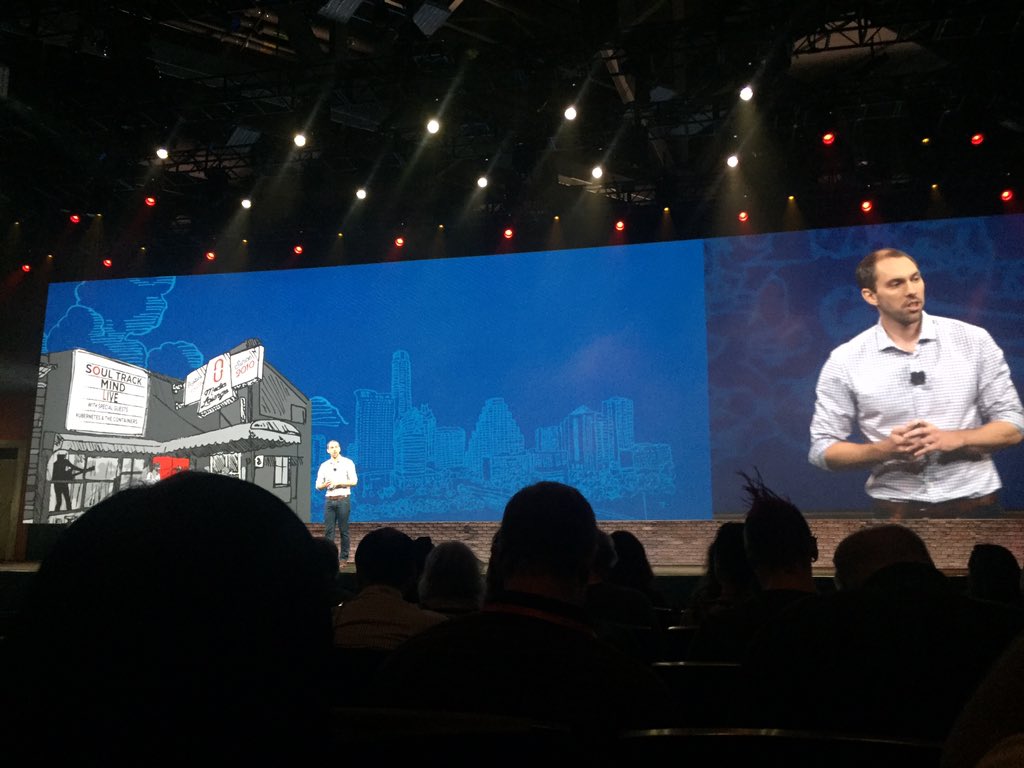
The OpenStack Summit in Austin Texas is drawing to a close and the 7,500+ strong attendees will go back to their respective companies and tell those who didn’t attend who said what and why.
Through the course of the Summit a number of suggestions have been made about the course of OpenStack, CBR highlights some of the smartest things said.
1. OpenStack as the standard for private clouds
Not a huge amount was made of the comments by both AT&T and Cisco during keynote presentations but they highlight both the OpenStack maturity and where the community feels it should be heading.
On day one AT&T delivered a call to action to: "make OpenStack the standard for private clouds." While Lew Tucker, VP & CTO, cloud computing at Cisco said: "OpenStack is emerging as the standard for the on-premises component of hybrid cloud."
This message then is not just coming from the vendors involved in the ecosystem, but also from the companies that are using it.
2. The Big Tent will collapse
Mark Shuttleworth, founder of Canonical, told CBR that OpenStack’s Big Tent frame will collapse, likening it to the dotcom collapse of 1999/2000.
"If you look at OpenStack it has this frame big tent, well the truth is the tent will collapse and that’s going to be traumatic for everybody," said Shuttleworth.
This is not to say that the whole of OpenStack will fail as he believes that the open source will continue to grow stronger as an Infrastructure as a Service. The core of network and compute will remain while all of the complexity on top with the as-a-Service components will disappear.
If this is to happen then it will signal a massive change in the OpenStack ecosystem. Vendors who have come to it in order to sell add-ons may face a much more difficult future in the community.
3. OpenStack is just an application
If OpenStack is just an application then there is no problem with using containers with it. This is essentially the point of Alex Polvi, CEO, CoreOS who said: "OpenStack is just an application," during his keynote presentation.
The reason why this is important is because on-lookers have called technologies like Kubernetes the death of OpenStack, questioning if Virtual Machines and containers are compatible.
Containers have become increasingly hot property since Docker popularised them. They have of course been in use for a number of years by the likes of Google, but they have only recently broken into the mainstream.
The popularity is highlighted by the OpenStack community picking Kubernetes as the technology it wants the most in OpenStack.
With the help of Google, CoreOS and others, Kubernetes looks set to become a core component of the open source cloud.
4. OpenStack is the integration engine for the connected world
While calls have been made for making OpenStack the standard for private clouds, it could also be positioned as the "integration engine" for the connected world, according to Mark Collier, Chief Operating Officer for OpenStack.
Pointing to research from Cisco, which estimates that by 2020 there will be 50 billion devices connected, Collier said there is still a need to process, move, and store data. One estimate suggests that there will be a need for 400 million more servers in order to handle this data, something that may please the likes of Dell and HPE, but Collier wants OpenStack to be core to handling this boom in data.
As demand increases so does the opportunity for OpenStack to position itself as the best infrastructure around to do the job.
5. Shifting focus to use cases
There has been an underlying tone of a change of focus for OpenStack, whether that is making it the standard for private clouds, the Big Tent collapsing or switching focus to business use cases.
The community has had to answer a lot of questions about its value, from being dubbed a science project by Gartner, to Gartner saying that OpenStack has become a core component of bimodal IT on the first day of the Summit.
While day one focused heavily on dealing those insecurities, day two looked to the future and to use cases.
Shuttleworth called it: "very healthy to shift the conversation away from yet another project inside OpenStack to success running apps on top of it."
Stephen Wanless, senior strategist, Open Source Cloud, Dell, mirrored these sentiments in a briefing with CBR saying that as the infrastructure core has become a lot more stable, the focus has shifted to what workloads are being put into it.
The shift is necessary for the community to not only speak to developers but to also speak to businesses.






